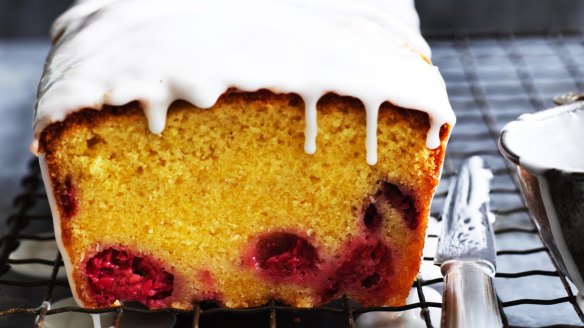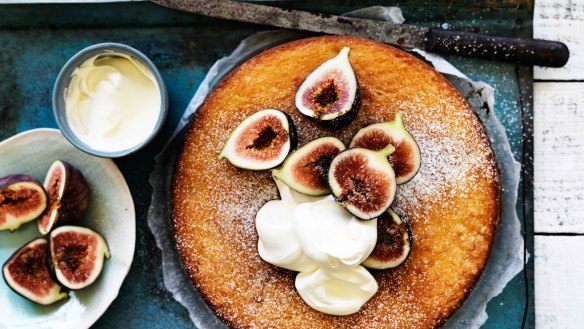The secret to cooking a cake all the way through

We moved into a house with a new oven and now my cakes are well done on the outside and slightly raw in the middle. R.Kuznetsov
I recently spent the morning with the former national president of the Country Women's Association, Noela Macleod, who was judging the fruit cakes at the Red Hill Show in Victoria. She was most perturbed by the number of fruit cakes suffering from soft centres and burned bottoms. She pointed the finger fairly and squarely at fan-forced ovens. She explained while baking, a cake releases a layer of moist air that acts as an insulating blanket. In a fan-forced oven that blanket is blown away, drawing more moisture from the cake batter and making for a hotter and dryer crust. This means the top of the cakes looks done while the interior is still not properly done. She suggests turning the oven down 10 to 20 degrees and make sure the inside is cooked by testing with a fine skewer or a toothpick. If you insert it into the centre of the cake, it should come out with no streaks of batter.

What is the best method for sterilising bottles and jars for passata and chutney? L. Parker
I went to one of those schools where the boys were made to dress in ill-fitting army greens and march around the quadrangle while the one of the teachers from the science department, seething with resentment for the sheer lunacy of the situation, barked orders in a fashion he may have learned from watching too many WWII movies. We were sent on camps where older boys would again bark orders at us. Funnily enough, I was relegated to the position of cook. It was my job to prepare meals and clean pots. I remember our cadet under officer screaming at me to make sure there was not a skerrick of food left on the pots as this is where the bugs grow, something I have never forgotten. A batch of passata or chutney can be ruined by unhygienic jars. They must be immaculately clean before they are sterilised. To sterilise jars, simmer in boiling water for 30 minutes. Make sure lids and seals are also sterilised. Alternatively place jars in a cool oven and heat to 120C for 10 to 15 minutes. Pour hot conserves into hot jars and seal immediately to create that "vacuum" seal. PS Never annoy the lowly private cooking your food on a cadet camp. You never know what they will do to your food.
Why are carrots "Dutch"? T. Gazard
Wild carrots grow in western Asia with white and red tap roots. They were domesticated about 1100 years ago and remained that colour until the 1600s, when Dutch farmers developed carrots that were orange in colour. There are apocryphal stories that the farmers developed orange carrots to show their support for the House of Orange, the Dutch royal family. While there is no evidence to support this, historian Simon Schama writes that in the late 18th century the Dutch Patriot movement that revolted against the House of Orange declared orange "the colour of sedition ... carrots sold with their roots too conspicuously showing were deemed provocative".
Send your vexing culinary conundrums to brainfood@richardcornish.com.au or tweet to @realbrainfood.
Appears in these collections
- More:
- Food
- Brain food
